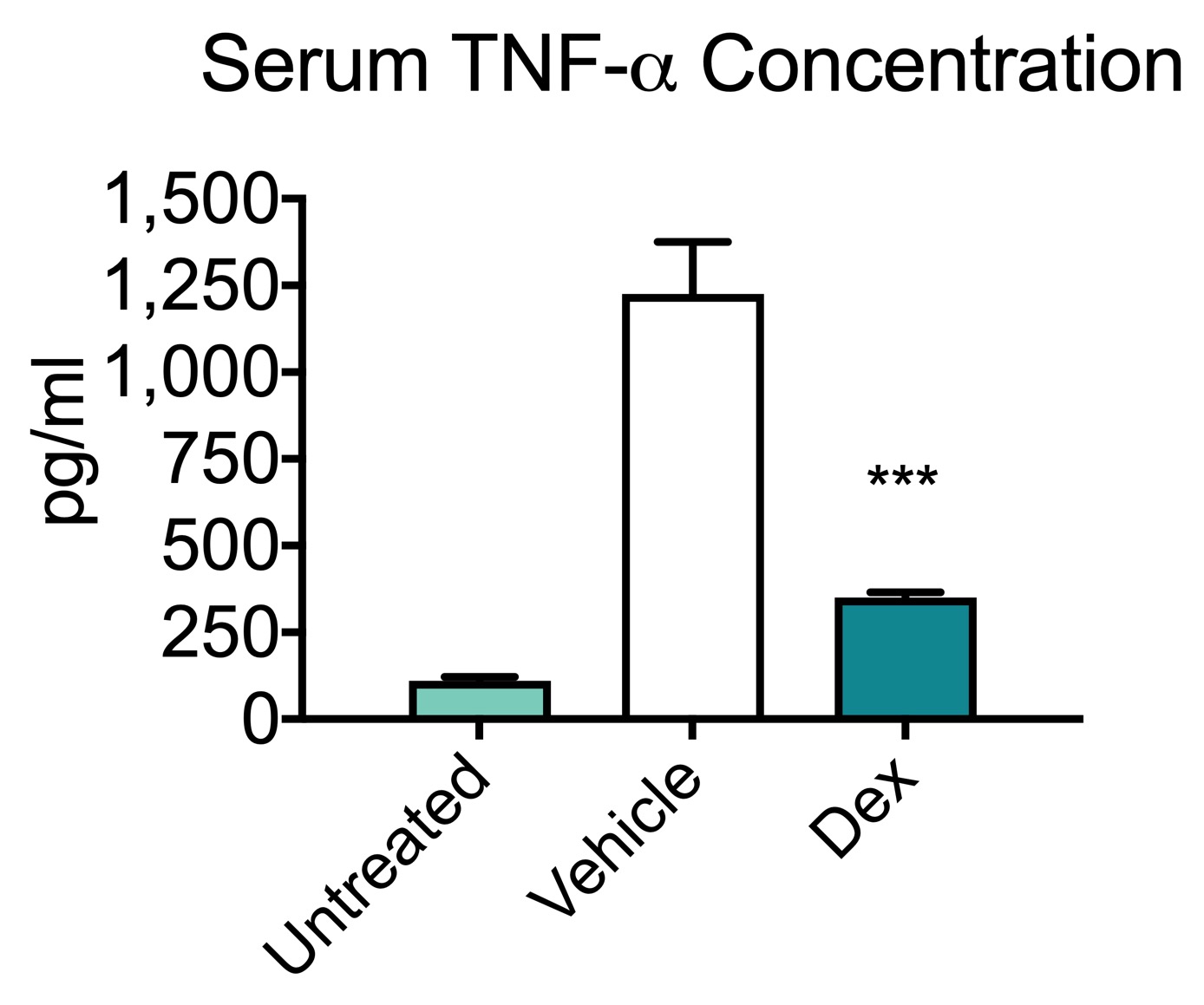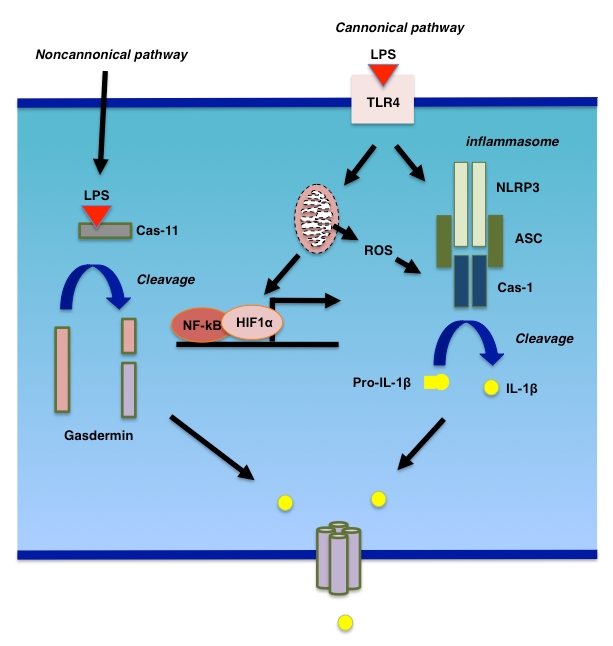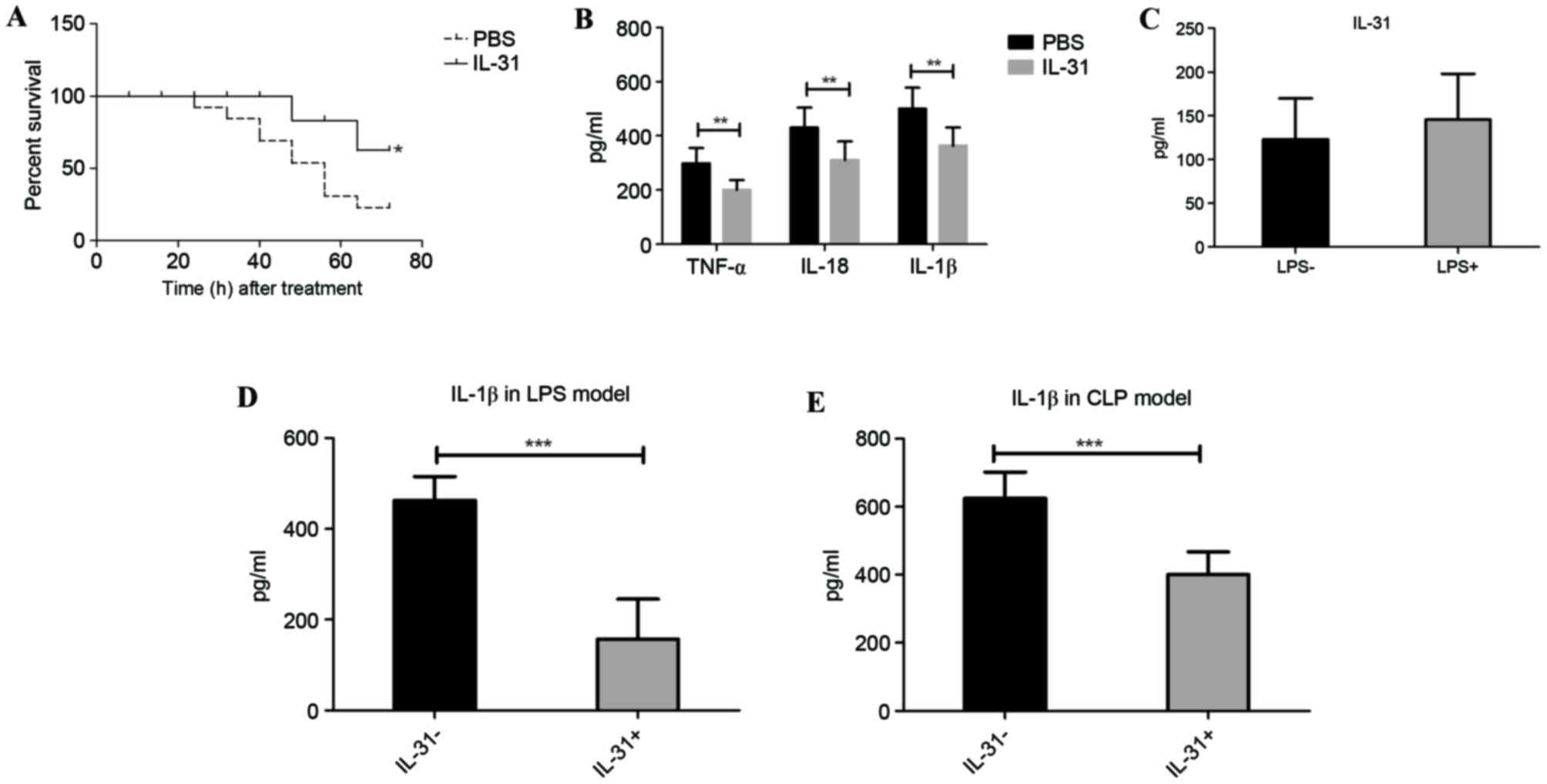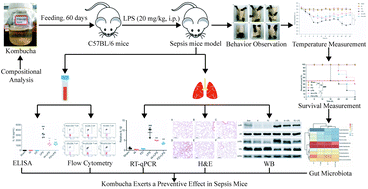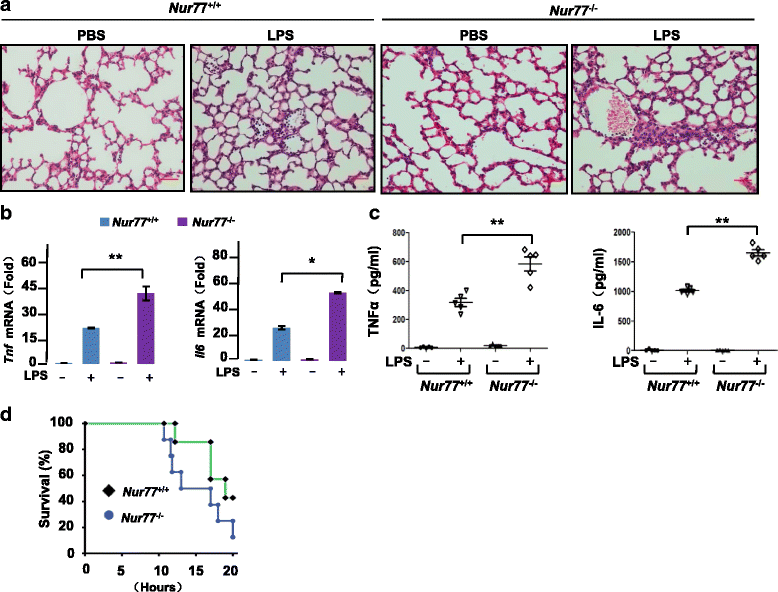
Nur77-mediated TRAF6 signalling protects against LPS-induced sepsis in mice | Journal of Inflammation | Full Text

Glucosamine improves survival in a mouse model of sepsis and attenuates sepsis-induced lung injury and inflammation - Journal of Biological Chemistry

Epinecidin-1 protects mice from LPS-induced endotoxemia and cecal ligation and puncture-induced polymicrobial sepsis - ScienceDirect

Mechanisms of action of lipopolysaccharide (LPS) as a sepsis inducer.... | Download Scientific Diagram

Protective effect of AA against LPS-induced sepsis in mice. BALB/c mice... | Download Scientific Diagram
Suppression of Dendritic Cell-Derived IL-12 by Endogenous Glucocorticoids Is Protective in LPS-Induced Sepsis | PLOS Biology

IL-15 Enables Septic Shock by Maintaining NK Cell Integrity and Function | The Journal of Immunology
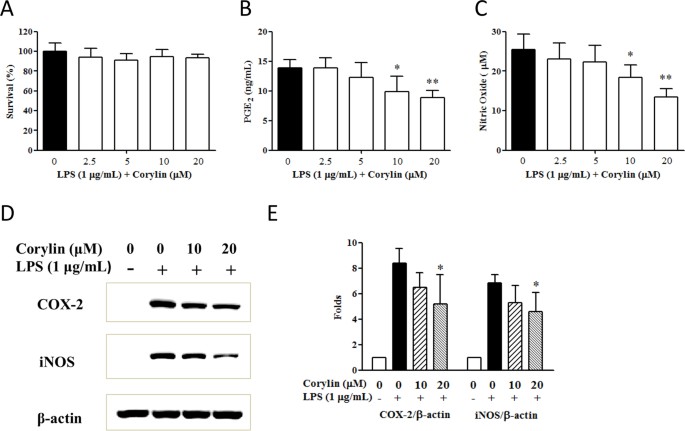
Corylin protects LPS-induced sepsis and attenuates LPS-induced inflammatory response | Scientific Reports

Western diet regulates immune status and the response to LPS-driven sepsis independent of diet-associated microbiome | PNAS
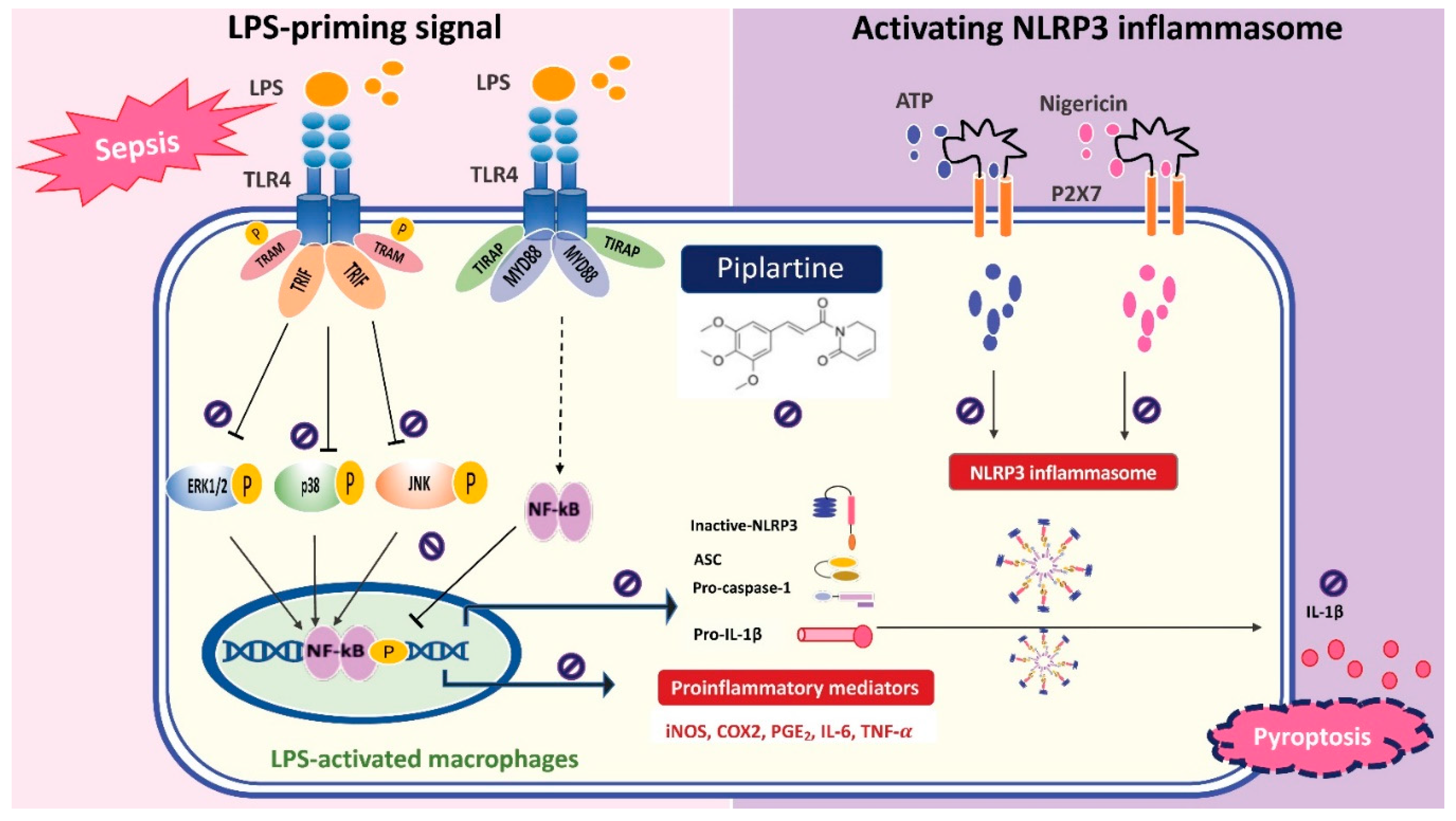
Pharmaceuticals | Free Full-Text | Protective Effect of Piplartine against LPS-Induced Sepsis through Attenuating the MAPKs/NF-κB Signaling Pathway and NLRP3 Inflammasome Activation

Septic Shock Is Associated with Receptor for Advanced Glycation End Products Ligation of LPS | The Journal of Immunology
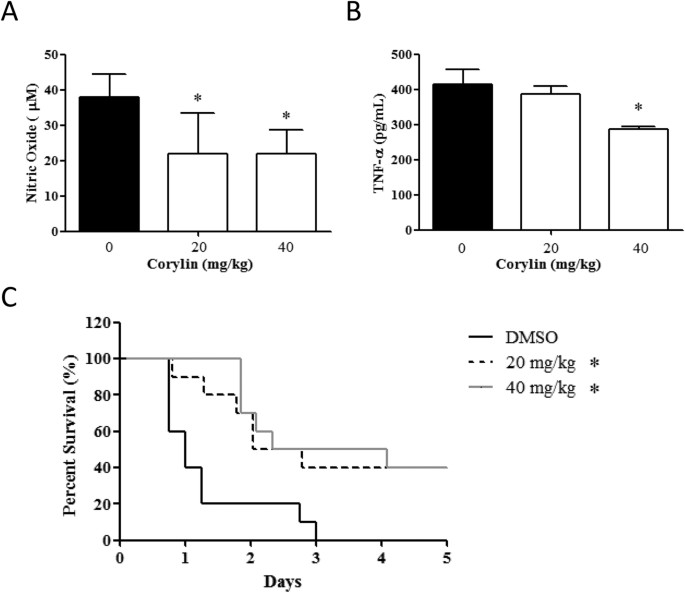
Corylin protects LPS-induced sepsis and attenuates LPS-induced inflammatory response | Scientific Reports

Septic Shock Is Associated with Receptor for Advanced Glycation End Products Ligation of LPS | The Journal of Immunology
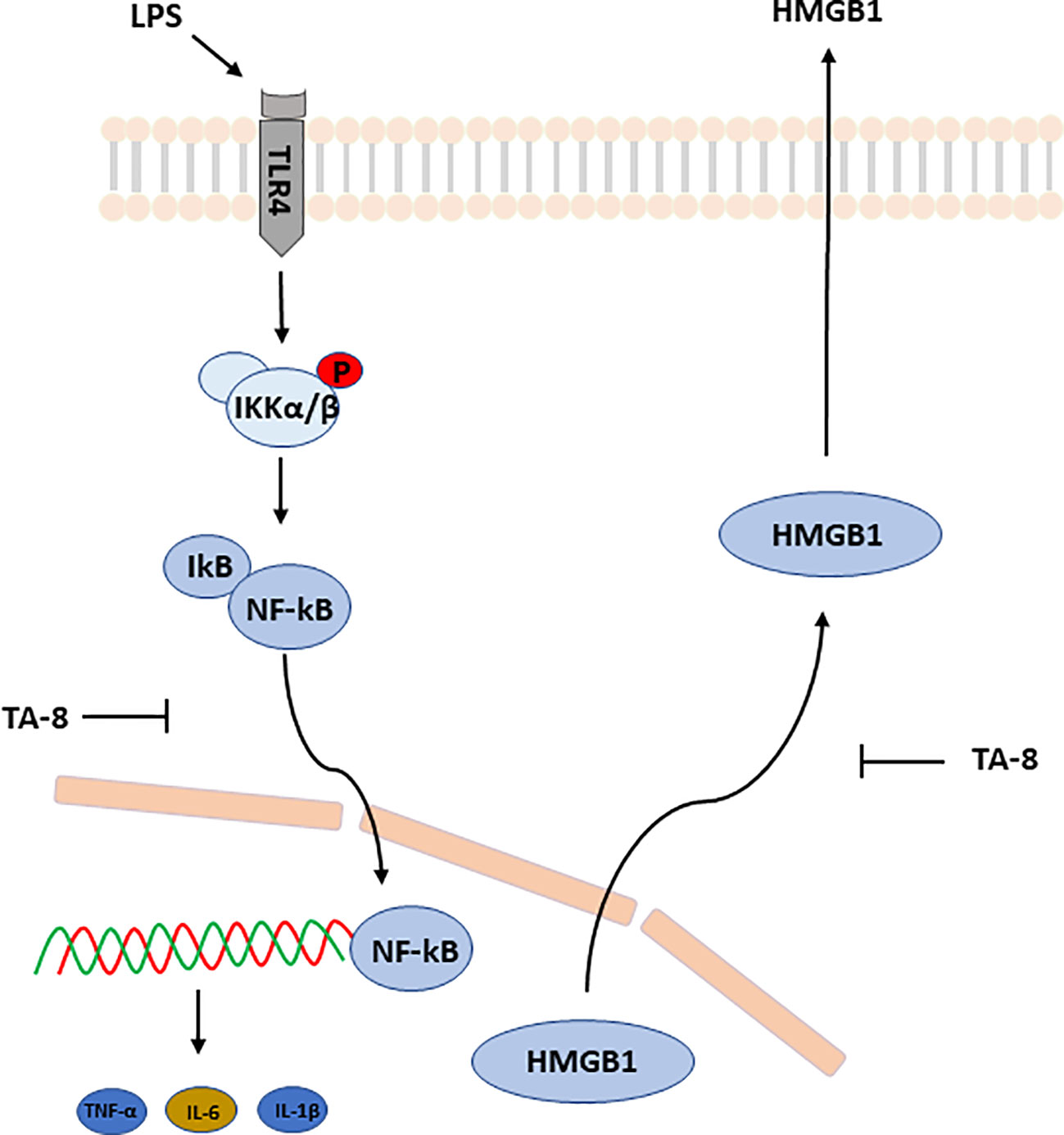
Frontiers | Toddalolactone Protects Lipopolysaccharide-Induced Sepsis and Attenuates Lipopolysaccharide-Induced Inflammatory Response by Modulating HMGB1-NF-κB Translocation | Pharmacology




